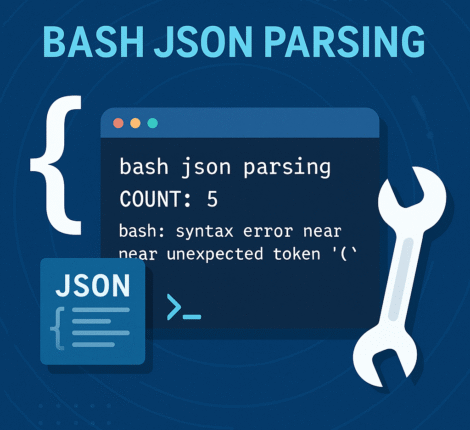When people hear the word “recursion”, they usually think of computer programming. In programming, a recursive function calls itself until it reaches a stopping point. This concept of recursive depth simply means how many “layers” deep the repetition goes before it stops. But recursion is not only for code — it’s a powerful idea that also appears in art, literature, nature, and even daily life.
What is Recursive Depth in Simple Words?
Imagine looking into two mirrors facing each other. You see an endless tunnel of reflections. That’s a real-life example of recursion — the image is repeating inside itself. Depth refers to how many times the image appears smaller and smaller before it fades away. In programming, recursive depth tells the computer how far to go in such a process. In art or life, it’s how many layers or repetitions you can find before it ends or becomes too complex to see.
Recursive Depth in Art
Many artists use repeating patterns or self-similar images to create striking works.
- M.C. Escher is famous for prints where birds turn into fish or staircases loop into themselves. His lithograph Drawing Hands shows two hands drawing each other, creating an infinite loop of creation.
- Yayoi Kusama’s Infinity Mirror Rooms use mirrors and dots to make viewers feel as if they are standing inside an infinite space.
Both examples show recursive depth visually: the same shapes or reflections appear over and over, creating a sense of infinity.
Recursive Depth in Literature
Writers also use recursion in storytelling. A book might tell a story about a character writing a book about a character writing a book. This “story inside a story” effect is a literary form of recursive depth.
- Jorge Luis Borges’s “The Garden of Forking Paths” presents multiple, branching narratives — like a labyrinth of time and choices.
- Postmodern novels such as Italo Calvino’s If on a winter’s night a traveler and Mark Z. Danielewski’s House of Leaves push recursion further, making readers part of the storytelling process.
Why This Matters Beyond Computing
Understanding recursion in art or literature helps us see patterns, cycles, and self-reference in everyday life. Business processes, architecture, music, and even social media algorithms often use recursive patterns to analyze or create content.
Key Takeaway
Recursive depth is not just a technical term. It’s a way of seeing the world. Whether you are writing code, painting, designing a building, or crafting a story, thinking recursively can help you find new patterns and creative solutions. It shows how a programming algorithm can inspire creativity far beyond the computer screen.



